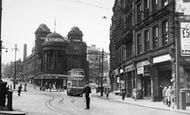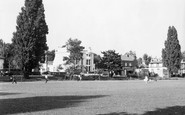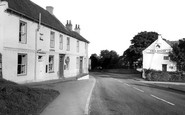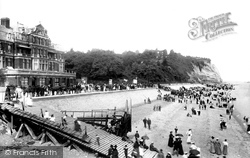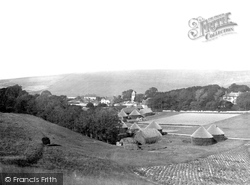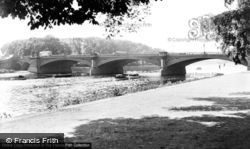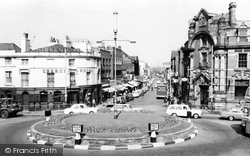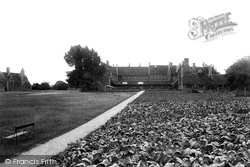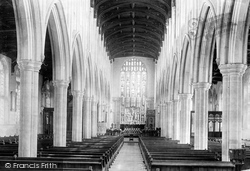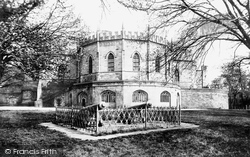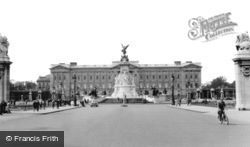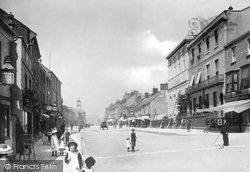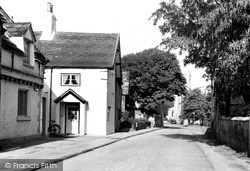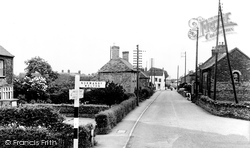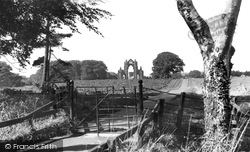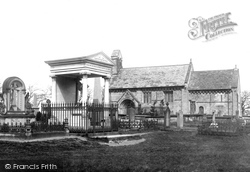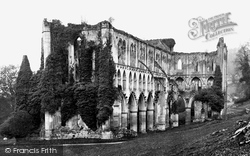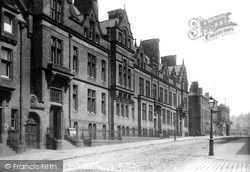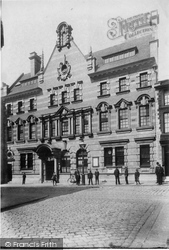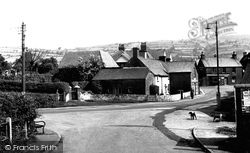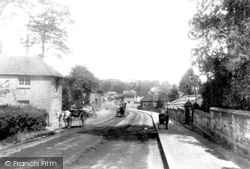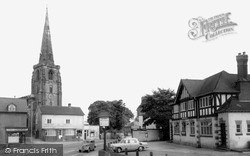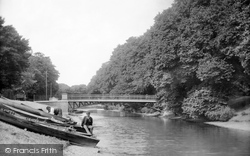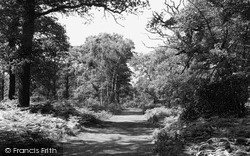Places
Sorry, no places were found that related to your search.
Photos
5 photos found. Showing results 961 to 5.
Maps
83 maps found.
Books
Sorry, no books were found that related to your search.
Memories
1,127 memories found. Showing results 481 to 490.
Living In Corby
I attended Rowlett Road Infants and Studfall Junior School and Corby Grammar School. I lived in Irving Grove. I enjoyed growing up in Corby and I remember going to the dances at the Catholic School run by a lady named Nellie? The ...Read more
A memory of Corby by
Living On Elmer Road Middleton On Sea 1962 1974
I lived there as a young child from about the ages of 2-14 years old (1960-early 1970s). As a young child Elmer Road seemed to be at the end of the world. The main road heading east hit a ...Read more
A memory of Middleton-on-Sea in 1969 by
Living In Brentford In The 50's & 60's.
Hi my name is Barbara Ottewill (Nee Hutchinson). I have just had a very enjoyable walk down memory lane by reading articles about growing up in Brentford, written by Alf Winkworth, Eunice Burridge and Pat ...Read more
A memory of Brentford by
Living In Dartford 1942 To 1953
I went to Our Ladies High School on Dartford Heath. I remember Sister Clare. I remember playing on Dartford Heath as our playground. I have gone back to look for the building in person, also on Google. I have not been ...Read more
A memory of Dartford by
Living In Ellesmere Port
I lived in Ellesmere Port from 1954 to 1966, in Wolverhampton Rd. I went to Milton Rd primary then the Wirral Grammar school as the Port had no grammar school then. Every day there were 6 full special Crosville buses ...Read more
A memory of Ellesmere Port by
Living In Fitzgerald Street 1938 1956
Were they happy years? I suppose they were, although we were very poor as kids we made the best of it, my memories were of the trams clattering up manchester road, which we used to take to go to the swimming ...Read more
A memory of Bradford in 1950 by
Living In Sunbury During The Sixties
Mum, Dad & I lived in Sunbury during the sixties. I attended Nursery Road Primary before going on to Kenyngton Manor Secondary. Some of my favourite teachers were Mr Penfold (French) Mr Lucas (Geography) Mrs ...Read more
A memory of Sunbury by
Llangattock People
I did not know many of the people of the village or much of the history of the village. However there were some who stay in my memory and to this day I often think about them. All too often I cannot remember their names. I ...Read more
A memory of Llangattock in 1958 by
Local Police Constable
Don't know much about my g g Grandfather, Richard Whitaker, other than he lived in Green Hammerton with his second wife Emily Armstrong. He was the village copper, with three children from a previous marriage and I ...Read more
A memory of Green Hammerton in 1880 by
Loggerheads/And Colomendy
I remember going to both of these places with Tiber Street School. We went on a double decker green bus, I sat upstairs on the front seat with my mates counting how much pocket money we had for the week. Most of them ...Read more
A memory of Loggerheads in 1956 by
Captions
1,233 captions found. Showing results 1,153 to 1,176.
Harriet Windsor-Clive, the Countess of Plymouth, took an interest in the layout of Penarth, owning much of the land in the locality.
Here we see a rural scene in a fold of the Downs - now much more wooded and obscured by trees. A stack yard is in the foreground, with round and rectangular corn ricks.
There is very much a Victorian suburban feel here, apart from the 1950s concrete swan-necked lamp-post.
This view looks towards the 1871 cast iron Trent Bridge from the Victoria Embankment, a view much changed today, with the awful West Bridgford Hotel of 1962 (now Rushcliffe Civic Centre) replacing
Much has changed since 1965. Traffic control measures mean that there is almost no legal parking in the area.
This is now the European School, and not much softened with age.
This style of building, with no chancel arch and a continuous roof, was common in large churches of this period.
Court sittings permitting, we can tour the castle today and see much of this fascinating place, including the condemned cell, and an early gallows.
It is obviously more restrained than the Victor Immanuel monument in Rome, but to some tastes not by much of a margin.
On the street, a new generation had not yet been born in the Victorian shot, but otherwise not much has changed.
When the Hall was eventually demolished in 1925, much of the stone was reused to build smaller properties in the village.
Actually, several more things have disappeared, including the signpost, which has been replaced by much smaller signs that are partially covered by the hedge.
Without doubt, this is one of the loveliest views in Guisborough, beloved of many Gisborians, and not least the author; the juxtaposition of the priory arch and the parish church is remarkable, with
The inner arch contains 40 beak heads, possibly suggesting the 40 days and nights of Christ's wilderness fast.
Much of the village was built from the stone of the old abbey. North York Moors
The County Magistrates' Court ran on simple and firm sets of rules, relying on moral and ethical principles as much as on legislature.
The men and boys outside the GPO are very much aware that a photographer is at work. On the right, one man wearing a cloth cap and another a bowler are standing side by side.
This view today is much the same as pictured here. The gateway in the stone wall (centre left) is now a garage door.
This has obviously not caused too much of a stir in sleepy Bedwas.
Much has changed in this view looking downhill northwards towards the station and the High Street, with the house on the left replaced by a Shell garage.
The church is built of a grey sandstone; the scraping of the interior has left it somewhat dull, but relieved by the royal arms dated 1684 above the chancel arch.
The canal also served a second purpose as a defensive dyke, though it is hard to see it as much of an obstacle to an army that would have already crossed the Channel!
Sherwood Forest once covered over 100,000 acres between Nottingham and Worksop, although the great ducal estates of the Dukeries enclosed much of the north part for their parks.
There was a chapel and even a 'practice school' for the intended 92 students (the numbers later much increased).
Places (0)
Photos (5)
Memories (1127)
Books (0)
Maps (83)

